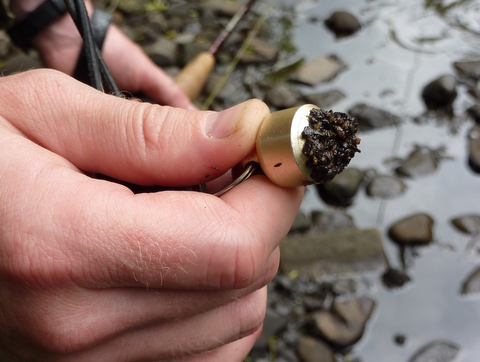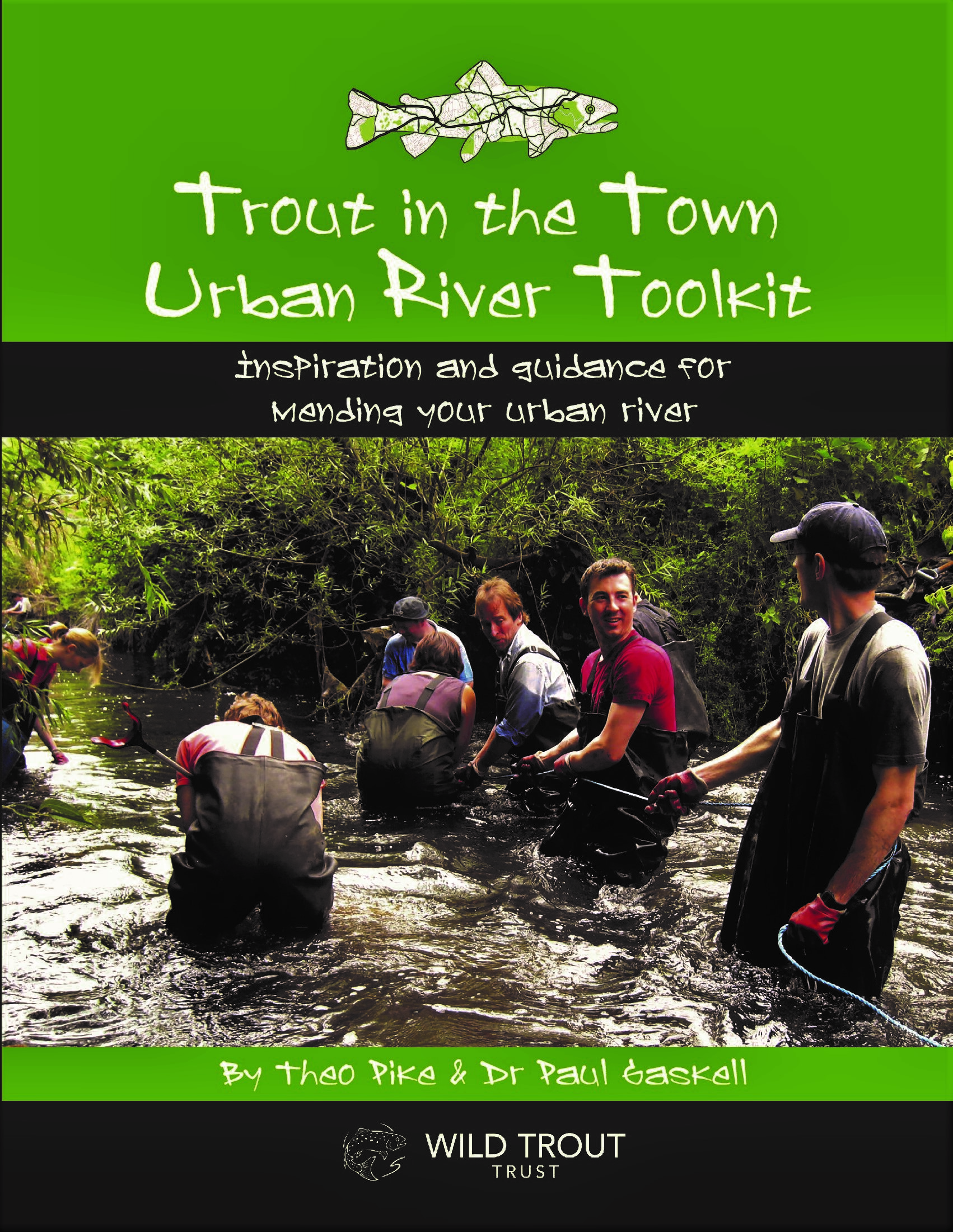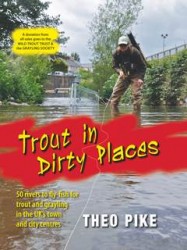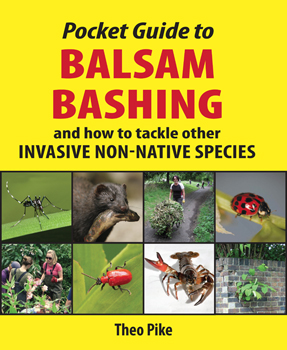Via the Science Blog we’ve just found a fascinating piece of research carried out by the University of Exeter and Kings College London, funded by NERC and the Salmon & Trout Association…
… studying how the trout of Cornwall’s River Hayle have evolved to survive in waters with post-industrial heavy metal concentrations, including lead, cadmium, zinc, arsenic, copper and iron, at levels so high they’d kill trout from more pristine environments.
Usually metals cause toxicity in fish by causing oxidative damage and disrupting the balance of ions in the body. The team found evidence that to counter this toxicity, Hayle fish showed changes in genes responsible for maintaining the balance of these ions in the body and a modest increase in anti-oxidants…
Once again, these findings highlight the almost-supernatural ability of trout to diversify into micro-adapted strains and even sub-strains, each perfectly adapted to the demands of their own river (which is why the precautionary principle of the Environment Agency’s Trout and Grayling Strategy is so important: we might never have known what was in the Hayle until we’d lost it…)
And of course they also add another layer of sound science to what many urban fly-fishers and river restorationists will probably realise what they’ve always intuitively wondered.
With thriving trout populations in so many post-industrial rivers, including Sheffield’s River Don which has historically been so heavily loaded with mine-water discharges and steel-smelting waste that its sediments are actually magnetic (as pictured above, glommed tightly onto Paul Gaskell’s landing net retractor)…
… have these astonishing adaptations been happening all around us, in almost every one of of our urban rivers – just waiting for us to finally get with the programme and start noticing and protecting them properly?
The full research paper, Global Transcriptome Profiling Reveals Molecular Mechanisms of Metal Tolerance in a Chronically Exposed Wild Population of Brown Trout, can be viewed online here.




